1. Lysol as a Feminine Hygiene Product
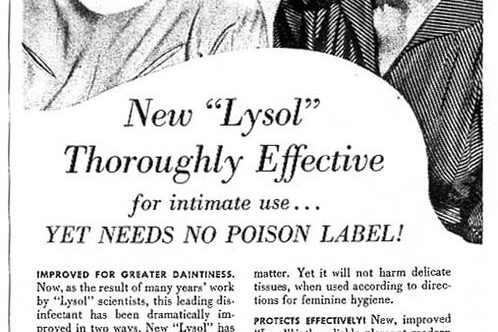
Back in the early 1900s, Lysol wasn’t just for scrubbing toilets—it was marketed to women as a way to “freshen up” down there. Ads claimed it could prevent infections and even serve as a form of birth control. Imagine the sting! It’s hard to believe now, but women were told that if they weren’t using Lysol for personal care, they were being careless with their health and their marriages shares Smithsonian Magazine.
This marketing was so persuasive that it actually made Lysol one of the most popular feminine hygiene products of the time. Of course, doctors eventually warned against it—because spraying a powerful disinfectant on sensitive areas is as dangerous as it sounds. But the damage was done, and many women suffered quietly. Looking back, it’s a sad reminder of how companies preyed on fear and misinformation. Thankfully, we’ve come a long way since then adds HuffPost.
2. Coca-Cola as a Cure for Headaches
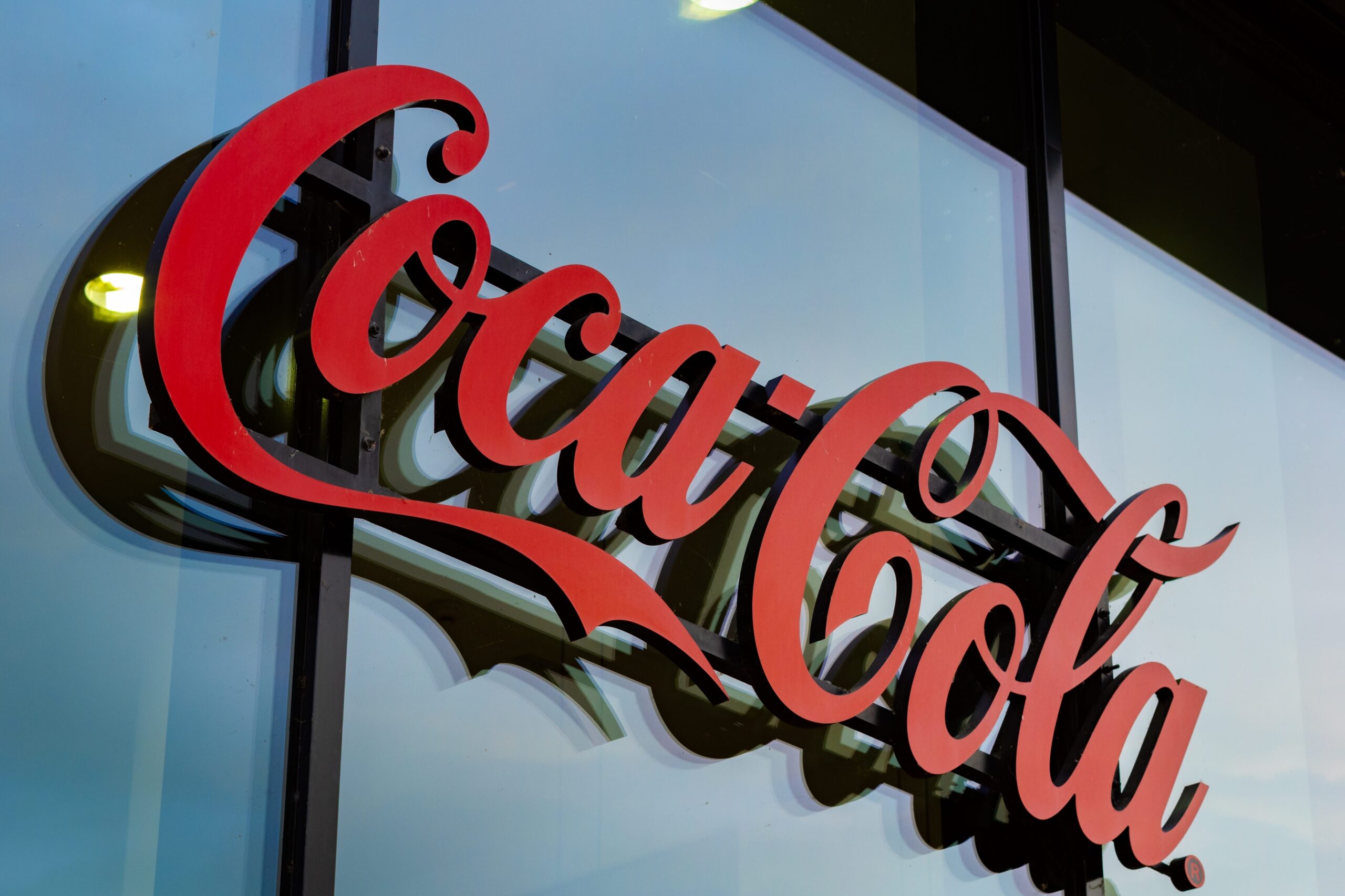
Yes, that Coca-Cola. When it was first invented in the late 1800s, Coca-Cola was advertised as a tonic to cure headaches, exhaustion, and even impotence. Why? Because it originally contained cocaine from coca leaves and caffeine from kola nuts. It was basically a legal pick-me-up that made people feel amazing—until it wore off says SELF Magazine.
People swore by it and even gave it to kids, believing it had medicinal benefits. It was sold at pharmacies, right next to actual medications. Eventually, the cocaine was removed (though not until the early 1900s), and the drink became the sugary soda we know today. But it’s wild to think about how it started out as a kind of health elixir adds Daily Mail. Would you like a Coke with that migraine?
3. Radium Water for Vitality
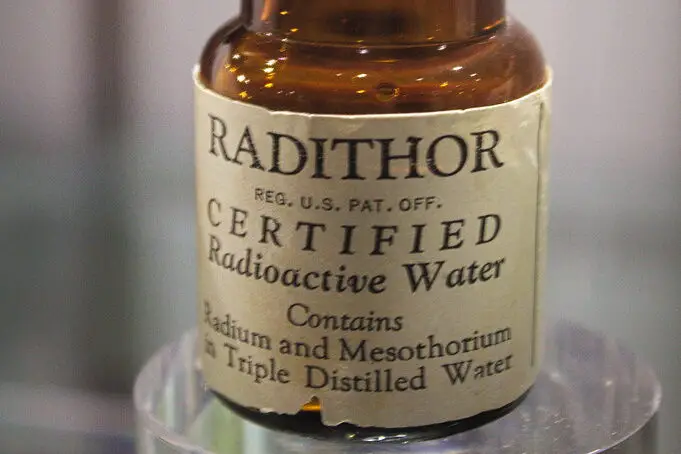
In the 1920s, radioactive water was all the rage. A product called Radithor claimed to boost energy, cure impotence, and even reverse aging. Spoiler alert: it did none of that. Instead, it slowly poisoned people. One high-profile case involved a wealthy man named Eben Byers, who drank so much Radithor his jaw literally disintegrated.
The idea was that because radiation was a new scientific discovery, it had to be good for you. People thought they were sipping on modern miracle water when in reality they were swallowing death in a bottle. Eventually, public outrage forced regulators to act, but not before countless people had suffered. It’s one of the more haunting examples of how science was dangerously misunderstood.
4. Cigarettes for Asthma Relief
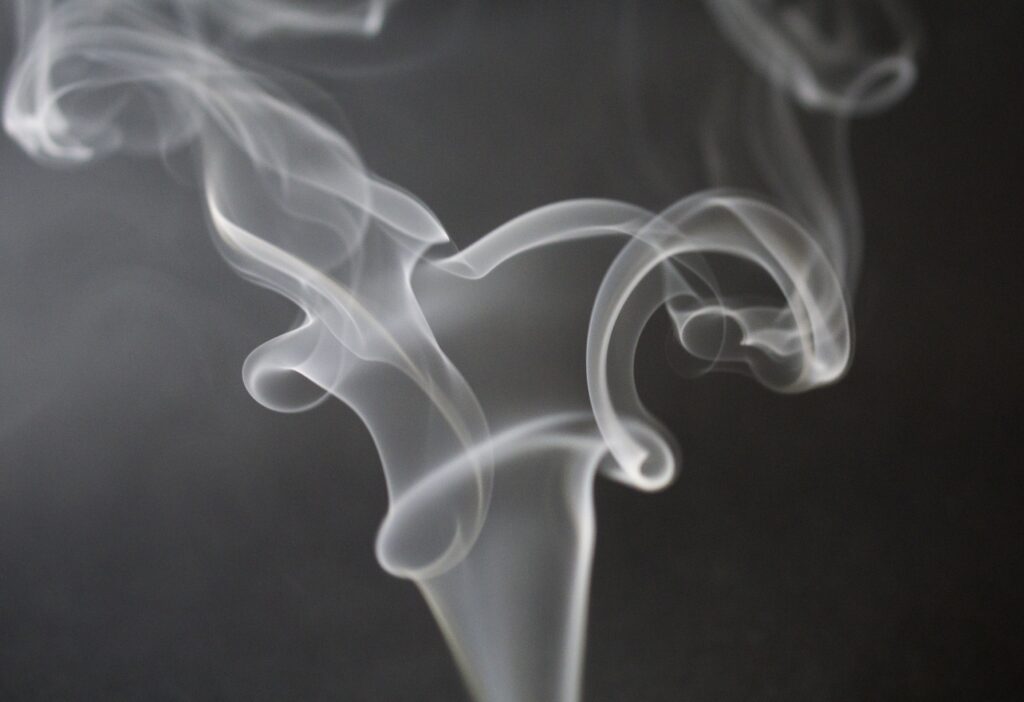
It sounds completely backwards, but in the early 20th century, doctors actually recommended cigarettes to help with asthma and other respiratory problems. The idea was that smoking relaxed the lungs and eased coughing. So there were even special “asthma cigarettes” sold in drugstores, filled with herbs, stramonium, or even tobacco.
It’s hard to imagine now, especially knowing what we know about smoking’s long-term effects. But these ads often featured doctors in white coats, reassuring the public that a few puffs could help them breathe better. Ironically, smoking likely worsened many of these conditions. Eventually, the truth caught up with the marketing. It’s a chilling example of how medicine and marketing don’t always align.
5. Mercury for Everything
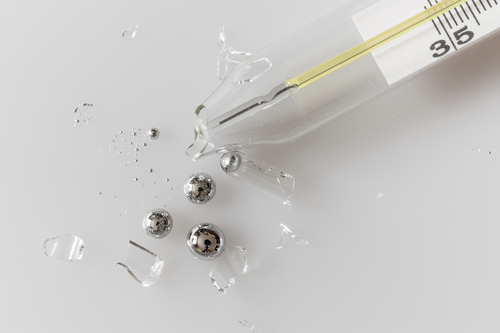
Once upon a time, mercury wasn’t feared—it was praised. Doctors in the 18th and 19th centuries prescribed it for everything from constipation to syphilis. Patients were told to swallow mercury pills or rub mercury ointments on their skin. It was even used in teething powders for babies!
The results were often catastrophic. Mercury poisoning caused tremors, memory loss, and even death, but symptoms were often misattributed to the illness rather than the so-called “cure.” People believed it was flushing toxins from the body, but in truth, it was slowly destroying their organs. Eventually, the medical community caught on, but it took centuries. Today, we wouldn’t let mercury near our medicine cabinets.
6. Lard as a Chest Rub

Before Vicks VapoRub became a household staple, many families used plain old lard for cold relief. It was slathered on chests and necks with the hope that it would draw out congestion and help with breathing. Sometimes they’d mix it with turpentine or camphor to add a little “kick.”
As questionable as it sounds, people swore by it. The warmth and greasy barrier did create a soothing effect, and the smell of added oils probably helped open up airways. But looking back, it was mostly a comfort ritual. It didn’t actually cure anything, but when you’re desperate for relief, sometimes comfort is all you want. Lard may have been messy, but it was oddly beloved.
7. Electric Belts for Male Virility
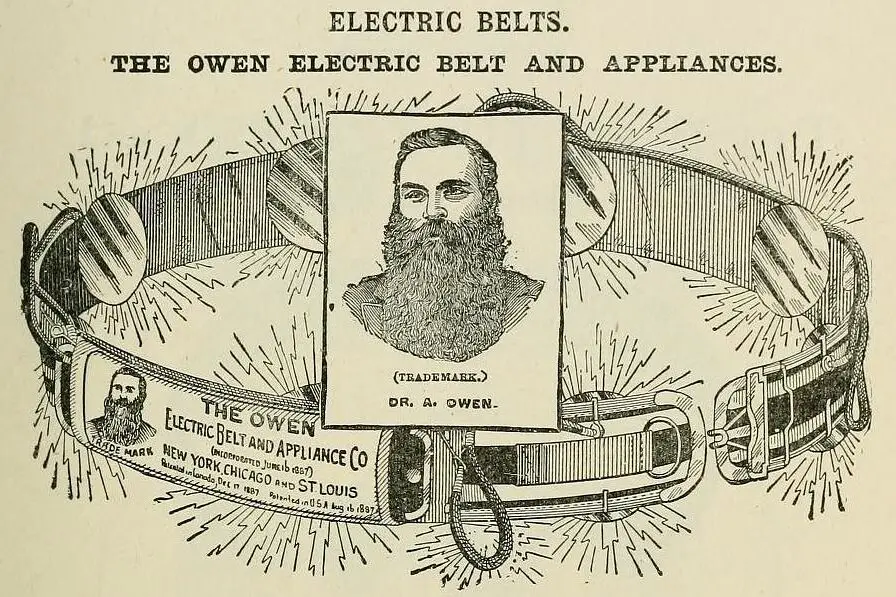
In the late 1800s, ads for electric belts promised to restore manhood, cure impotence, and improve “nervous disorders.” These belts had wires and batteries and claimed to send a healing current through the body. Basically, men were shocking themselves in the hopes of reclaiming their youth and energy.
Some even came with metal attachments that were meant to be, well, inserted. It was a mix of pseudoscience and wild optimism. Most of the time, they did nothing—or caused mild burns. But men spent a small fortune on these gadgets, thinking they were investing in their health. It’s a reminder that insecurity sells, and people will try anything when they’re feeling desperate.
8. Butter for Burns
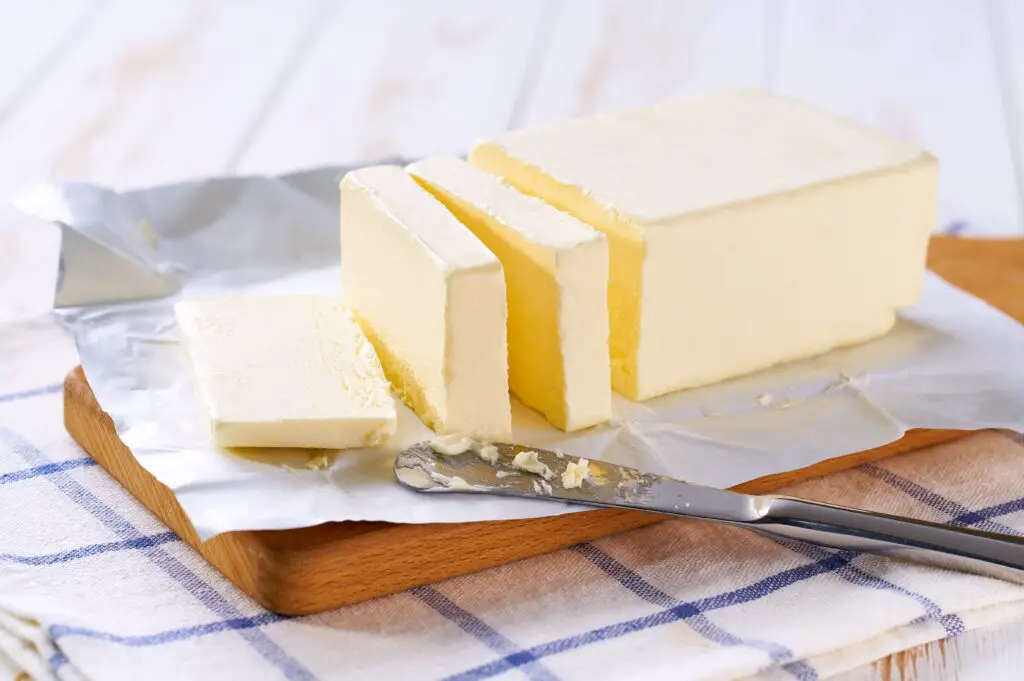
If you’ve ever had someone tell you to put butter on a burn, you’re hearing a very old wives’ tale. For decades, it was common practice to slather butter on a fresh burn, thinking it would soothe the pain and help it heal. It might have felt good initially, but it actually trapped heat in the skin.
Doctors eventually warned against it, explaining that butter increased the risk of infection and could make burns worse. But habits die hard, and many households kept doing it anyway. It was one of those “mom always did it” remedies that just stuck around. Thankfully, we now know to reach for cool water instead. Still, you can’t help but smile at how something as simple as butter was once seen as first aid.
9. Cocaine Toothache Drops for Kids
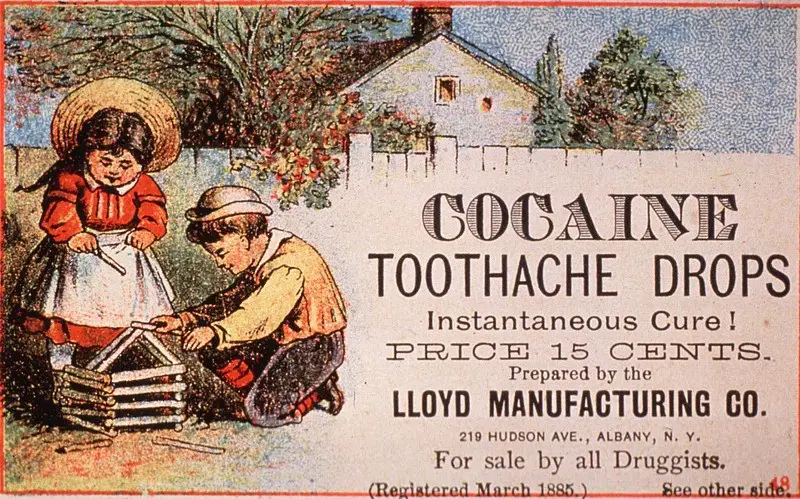
In the 1880s, there were actual over-the-counter drops containing cocaine that were marketed for children’s toothaches. The idea was that it numbed the pain—and it did, temporarily. But it also introduced kids to a highly addictive drug before they even lost their baby teeth.
The packaging was disturbingly cheerful, with illustrations of smiling children and promises of instant relief. Parents had no idea about the dangers and genuinely believed they were doing the right thing. It’s shocking now, but back then, cocaine wasn’t yet seen as dangerous. These drops weren’t pulled until laws changed decades later. It’s one of the more alarming examples of how far we’ve come in regulating medicine.
10. Belladonna for Menstrual Pain

Belladonna, also known as deadly nightshade, was once a go-to remedy for women’s menstrual cramps. It was included in tonics and tablets that promised to soothe pain and regulate periods. While it did have some antispasmodic effects, it also came with a long list of dangerous side effects.
Too much belladonna could cause hallucinations, delirium, and even death. But that didn’t stop companies from putting it in everything from cough syrups to sedatives. It was especially targeted toward women, who were often told their pain was just a part of being female. As with many things on this list, the risks were ignored in favor of magical promises. Today, you’d never see deadly nightshade in your pain reliever.
11. Whiskey for Teething Babies
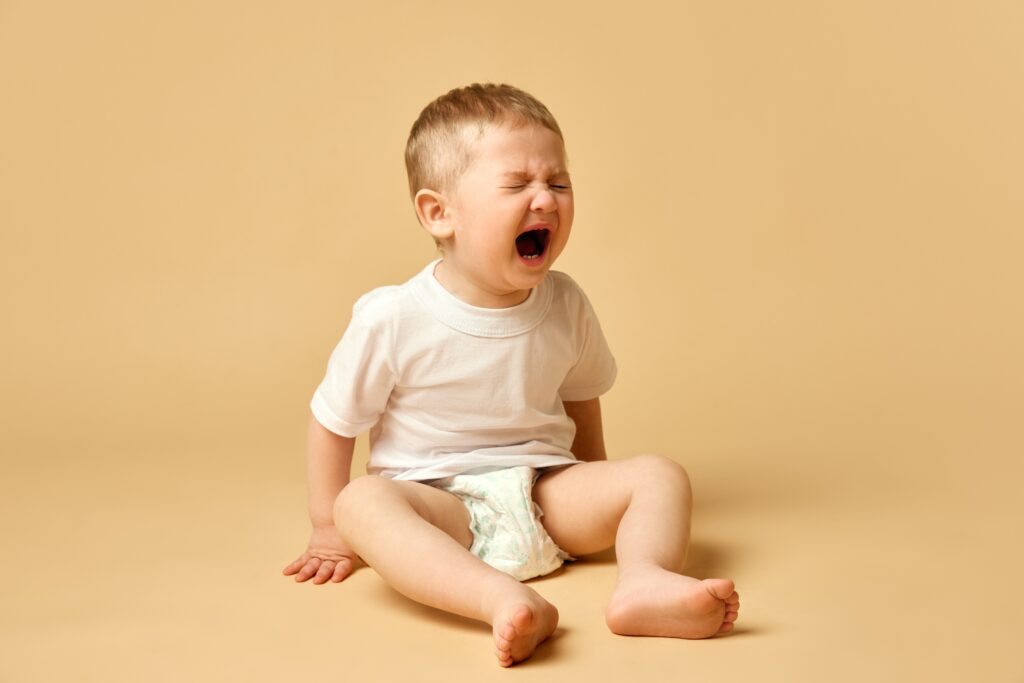
When babies were fussy from teething, many parents used whiskey as a numbing agent. Just dip a finger in the liquor and rub it on the baby’s gums—it was the go-to tip from grandparents and even some doctors. It sounds horrifying now, but people genuinely thought it was safe and effective.
The alcohol dulled the pain and helped babies sleep, so parents didn’t question it. Of course, we now know it’s dangerous for developing brains. But at the time, whiskey was seen as a harmless household fix. It’s amazing how common this practice was across generations. Thankfully, today’s teething remedies don’t include a trip to the liquor cabinet.
12. Vinegar for Weight Loss and “Purity”
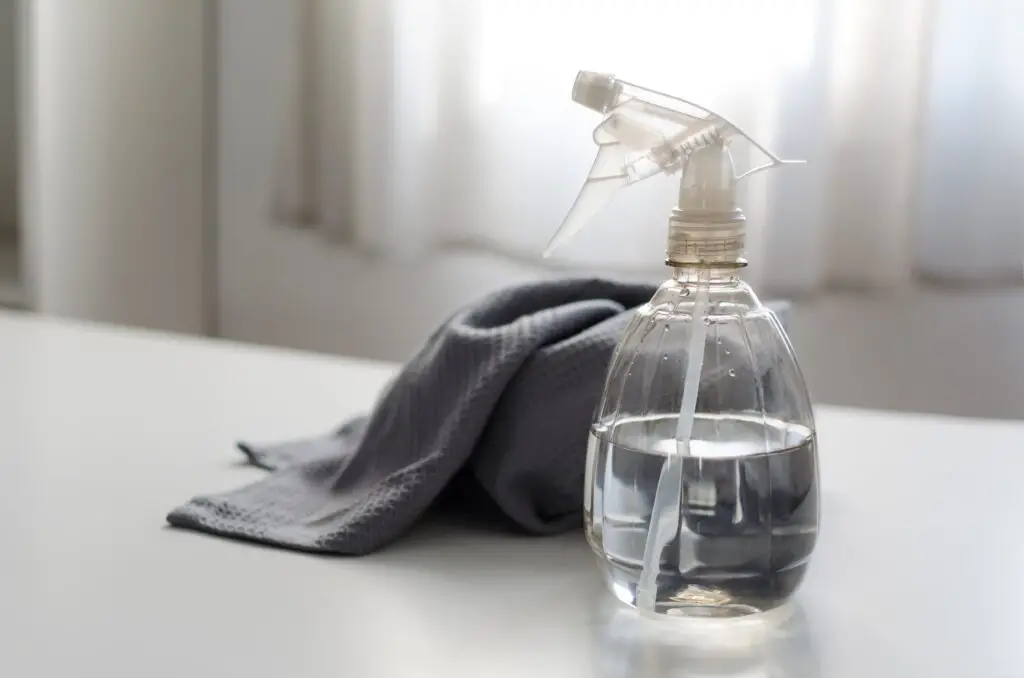
Vinegar has long been touted as a health cure, but in the 1800s and early 1900s, it was taken to extremes. People drank vinegar daily in hopes of slimming down, “cleansing” their bodies, and even improving their complexions. It was especially popular among women, who were told it would keep them pure and delicate.
The reality? Drinking large amounts of vinegar can erode tooth enamel, upset your stomach, and even lower potassium levels. But at the time, it was seen as a natural and virtuous remedy. Some even mixed it with cayenne pepper for an extra “kick.” While vinegar does have some uses, guzzling it like a tonic is definitely not the miracle people once thought it was.
